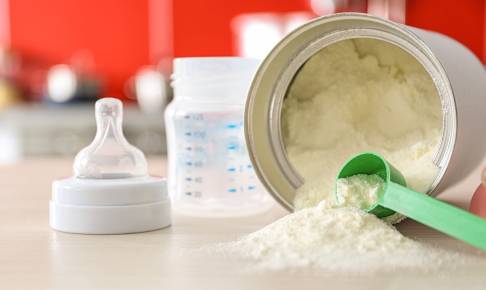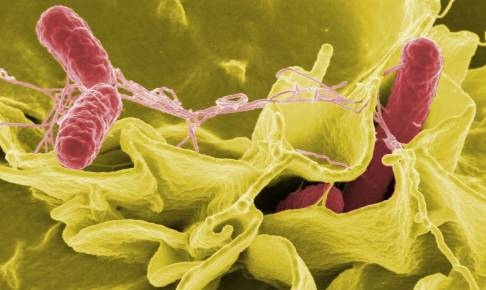New method for identifying bacteria shows promise in reducing antibiotic use
In a world where antibiotic resistance is a growing concern, finding better methods for identifying pathogens is crucial. A recent breakthrough by an international research group brings hope for using fewer antibiotics by developing a simple tool to identify all genetic material in bacteria. The method, presented in the prestigious peer-reviewed journal Proceedings of the National Academy of Sciences (PNAS), offers a faster and more efficient way to determine the type of bacteria affecting individuals, animals, food, or the environment.
Led by Professor Erika Eiser from the Norwegian University of Science and Technology's Department of Physics, the research group collaborated with Dr. Peicheng Xu from the Institute of Physics Chinese Academy of Sciences in Beijing.
The new method focuses on identifying short sequences of a bacterium's DNA by observing how these sequences bind to different variants of DNA grafted onto colloids. This binding causes the colloids to clump together in distinct patterns, enabling researchers to quickly identify the bacteria. The advantage of this approach is that it eliminates the need for extensive material analysis and DNA amplification, saving time and resources.
Current methods, such as polymerase chain reaction-based DNA amplification, may not be suitable for low-tech environments. The new method proposed by the research group offers a generic approach that could revolutionize early pathogen detection.
While this research is still in its early stages, it offers a promising proof-of-principle experiment that could lead to a reliable method for identifying pathogens in various fields (e.g. food safety, disease control, and environmental monitoring) reducing reliance on antibiotics.
Source:






















